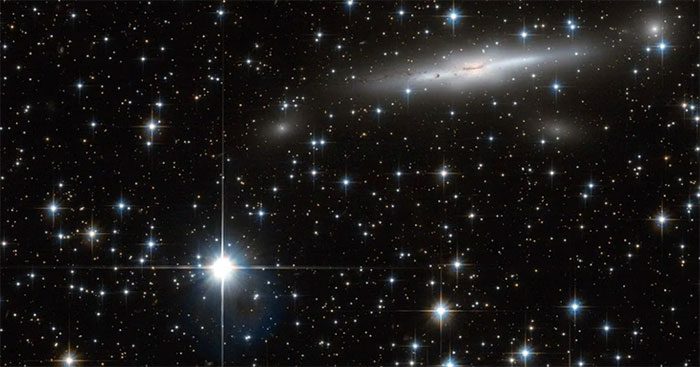Astronomers have discovered 400 galaxies, including our own, being pulled towards “something” invisible.
A research team consisting of astronomers from the University of Hawaii, USA; Claude Bernard Lyon 1, France; Hebrew University, Israel; and the CEA-Saclay Research Institute, France, reported that they found galaxies converging towards the Norma and Centaurus galaxy clusters, roughly aligned with the position of the “Great Attractor.”

The Great Attractor lies beyond our galaxy – (Image credit: NASA).
Currently, the scientific community does not know exactly what is pulling our galaxy towards it, but the only force capable of doing so is gravity. And whatever is pulling us is undoubtedly massive.
Previously, in 1929, scientists discovered that the redshift of a galaxy is proportional to its distance. Redshift is a physical phenomenon where light emitted from objects moving away from the observer appears redder.
This discovery provided astronomers with a method to measure distant galaxies, leading to the revelation that most galaxies are moving away from us, reinforcing the idea of an expanding universe.
However, this knowledge ultimately led them to a concerning new discovery.
As they continued mapping the observable universe, they noticed 400 elliptical galaxies moving towards a direction we cannot see, temporarily referred to as the “Great Attractor.”
According to astronomers, “The Great Attractor” deserves a name. In Hawaiian, “lani” means “heaven” and “akea” means “spacious, infinite.” They proposed naming the region towards which our galaxy is headed as “Laniakea Supercluster.”
How far is this “Great Attractor”? What happens if our galaxy is pulled into it? And can we see its source of power? A series of questions await answers from astronomers around the world.




















































